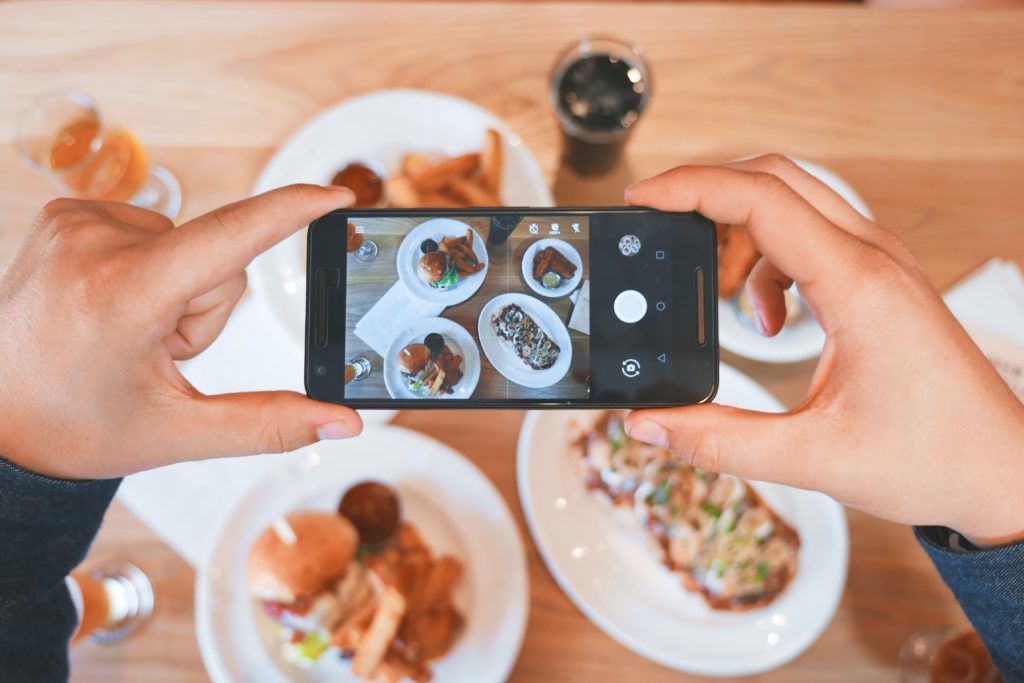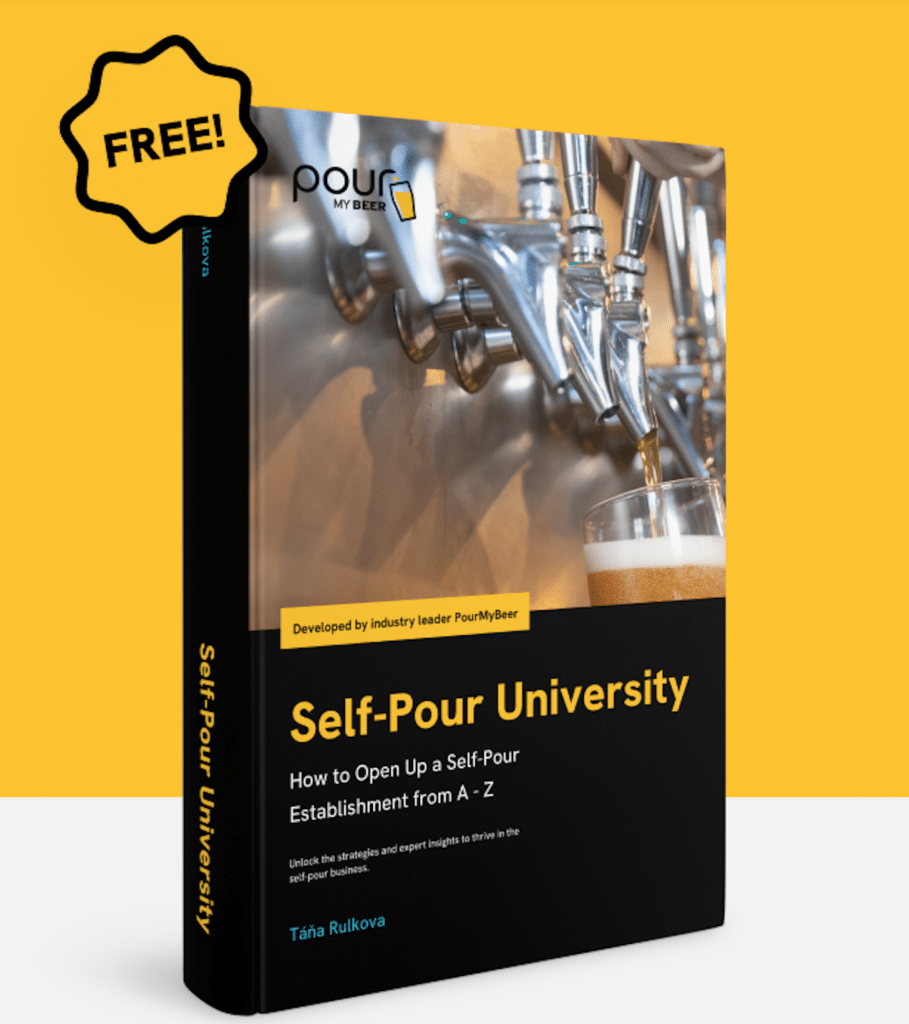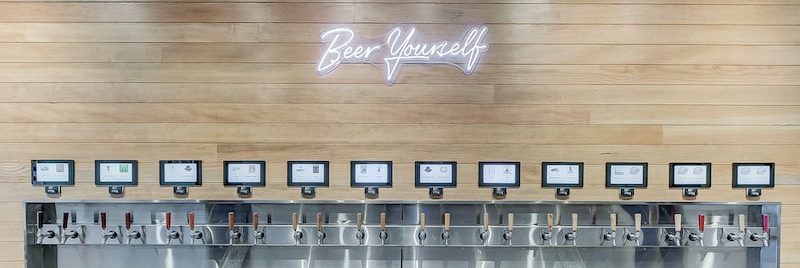The sober-curious movement is rapidly reshaping the beverage industry as consumers increasingly seek healthier, alcohol-free alternatives. Driven by a desire for mindfulness, wellness, and inclusivity, this shift reflects broader changes in social habits and consumer expectations. As venues adapt to meet these demands, self-pour technology emerges as an innovative solution that enhances the experience for sober-curious patrons while improving operational efficiency.
Calculate Your Self-Pour ROI
Understanding the Sober-Curious Movement
Definition and Origins
The sober-curious movement encourages individuals to reduce or eliminate alcohol consumption, often for health, mental clarity, or lifestyle reasons. Unlike traditional sobriety, it does not necessarily mean abstaining permanently; instead, it emphasizes choice and mindfulness. The concept gained momentum with wellness-driven initiatives such as Dry January and Sober October, which promote temporary alcohol-free periods.
Statistics and Growth
The numbers underscore the movement’s rapid growth:
- 28% of U.S. adults reported they are actively drinking less alcohol in 2023, according to a report by NielsenIQ.
- The non-alcoholic beverage market is booming, expected to grow to $30 billion globally by 2025 (Modern Restaurant Management).
- Sales of non-alcoholic beer in the U.S. alone increased by 31% in 2022, reported by IWSR.
Consumer Demographics
The movement is especially prevalent among younger generations:
- Gen Z and Millennials lead the charge, with 46% of younger consumers seeking more alcohol-free options (Drizly report).
- These consumers prioritize health, wellness, and social experiences that do not revolve around alcohol.
This demand has created a growing need for inclusive, alcohol-free social spaces where sober-curious individuals can enjoy themselves without compromise.
Challenges Venues Face in Catering to Sober-Curious Consumers
Limited Non-Alcoholic Options
Historically, bars and restaurants have offered minimal non-alcoholic options, often limited to soda, water, or basic mocktails. This lack of variety can alienate sober-curious consumers, who crave premium and innovative beverages.
Operational and Marketing Barriers
Many venues face challenges in:
- Promoting non-alcoholic options without diluting their brand as a destination for traditional drinkers.
- Educating customers about the availability and quality of alcohol-free beverages.
Profitability Concerns
There is often a misconception that non-alcoholic beverages are less profitable. However, premium non-alcoholic options like NA craft beer and kombucha command higher margins, making them a viable revenue source when marketed effectively.
How Self-Pour Technology Fits In
Flexibility and Variety
Self-pour technology allows venues to offer a diverse and exciting range of non-alcoholic beverages that cater to sober-curious consumers, including:
- Non-alcoholic craft beers
- Pre-batched mocktails on tap
- Kombucha and nitro cold brew coffee
- Craft sodas and sparkling waters
By offering multiple taps dedicated to alcohol-free drinks, venues can easily meet growing consumer demand without disrupting traditional offerings.
Interactive Customer Experience
Self-pour systems create an engaging experience by empowering customers to explore and sample beverages at their own pace. For sober-curious patrons, this means trying small pours of NA options before committing to a full glass or enjoying the social and interactive nature of the self-pour process, even in mixed company where others may choose alcoholic beverages.
Operational Benefits
Venues benefit from:
- Reduced waste: Self-pour systems allow precise portion control, reducing overpouring and product loss.
- Lower staffing requirements: With customers serving themselves, fewer bartenders are needed.
- Streamlined operations: Quick and easy service keeps lines moving, even during busy periods.
Appealing to the Sober-Curious Market
By incorporating self-pour technology, venues can elevate the visibility and appeal of their alcohol-free options, positioning them as premium, thoughtful choices for customers.
Innovation in Action
Venues are getting creative by hosting:
- Sober-friendly events: Mocktail nights, kombucha tastings, and NA beer flights attract the sober-curious crowd.
- Wellness-focused gatherings: Yoga sessions paired with nitro cold brew on tap or alcohol-free brunches highlight the versatility of self-pour systems.
Seizing the Opportunity: Embracing the Sober-Curious Movement
The rise of the sober-curious movement represents a fundamental shift in consumer preferences, offering venues a unique opportunity to innovate and attract new customers. Self-pour technology provides the perfect solution by enabling venues to offer an impressive variety of alcohol-free beverages while delivering a fun, interactive experience for all patrons. By embracing this trend, businesses can future-proof their operations, cater to a diverse audience, and remain at the forefront of the evolving beverage industry.








